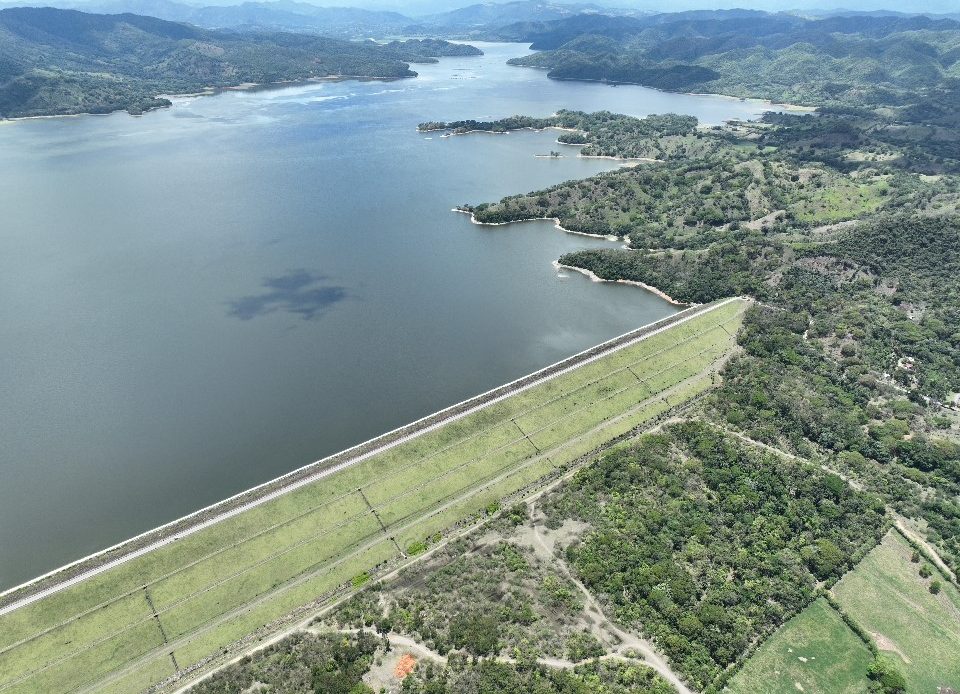Rainfall boosts water levels on dam reservoirs across the nation

Santo Domingo.- Heavy rains across various regions of the country since April 15 have significantly bolstered water levels in different dams, adding a total of 131 million cubic meters (MMC) to reservoirs. This surge brings the national volume in the reservoirs to 1,237.31 MMC, marking a 68% capacity against the maximum national volume of 1,830.00 MMC.
















Plant more trees ,so we can have more water …
Meanwhile Coraasan keeps turning the water off more days in the sector I live in…sucks…
This water level increase is good for the time being. The future of continuous water availability will be threatened unless existing watersheds are protected and improved. This water availability would also include creating more large reservoirs and construction of public cisterns. Action has to be taken to repair all the ignored leakage from water distribution lines. Water conserving plumbing for homes and commercial properties should be mandatory.
How about Monte Grande Dam?